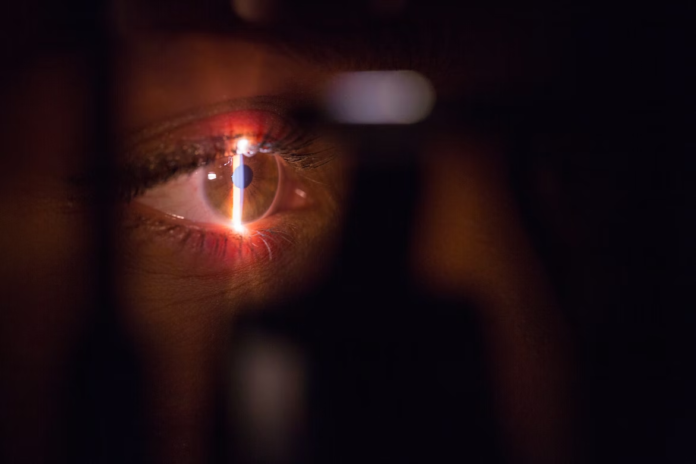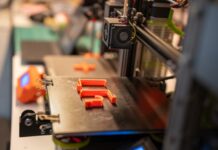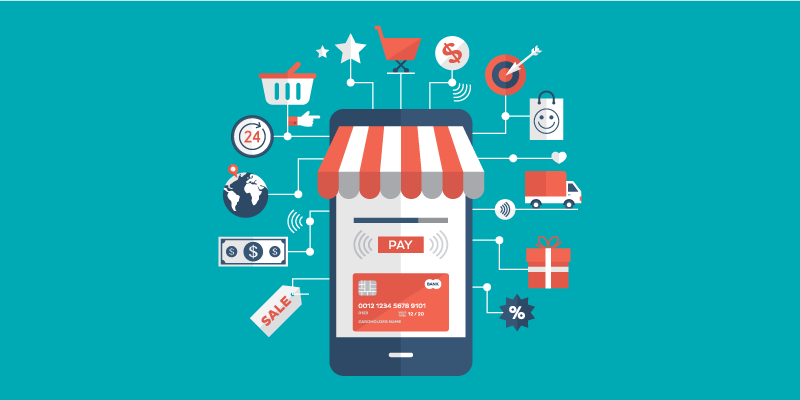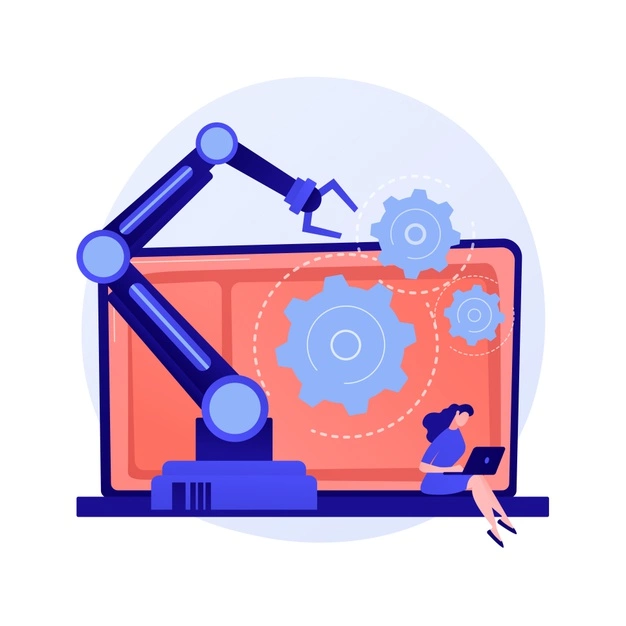Imagine never needing to remember a password or frantically searching for an ID badge before heading to work. Picture your office door automatically unlocking when you walk up, registering you as a trusted employee. These are the benefits of one of the latest in security tech: AI-powered biometric security.
This type of security uses unique bio characteristics to confirm identities and grant access to restricted areas or to view secure information. Millions already use biometric security on a small scale; anyone who uses one-touch or face ID to access their cell phone uses biometric security. Similarly, Alexa, Siri, and other voice-command apps use biometric security to recognize specific users’ voices to access certain content. Biometric security is as ubiquitous as the password of old, but with an additional layer of security and ease.
Used to supplement or replace traditional security systems, biometric security is bolstered with Artificial Intelligence (AI). AI features use machine learning to improve recognition and continuously hone the system’s accuracy. The more biometric security is used, the more secure it becomes, thanks to its AI power.
Types of Biometric Security
Financial and educational institutions, governmental agencies, and healthcare facilities are just a few industries embracing AI-powered biometric security. Each has a different use for these systems and has a preference for a different type of biometric security system. A few common types are available, including fingerprint, facial, voice, and iris.
Fingerprint Verification
One of the most common types of biometric security is fingerprint verification. Found in millions of cell phones worldwide, this technology uses fingerprint scanning to grant access to secure information. Fingerprints can be scanned via optical, thermal, or capacitive authentication sensors. While all capture a fingerprint, the difference lies in the user experience.
Facial Verification
Another popular cell phone authentication technology is facial verification. AI can view faces through video or still images. Facial verification features have become increasingly popular during the COVID-19 pandemic and continues to be a prominent security measure for many businesses.
Voice Verification
Like facial verification, voice verification has become more prevalent in virtual work environments. Individuals can easily log in to virtual meetings and access voicemail inboxes and other telephonic systems with voice verification. This type of biometric screening helps speed up services in a fast-paced world. One’s voice is unique and difficult to falsify, making it secure and speedy.
Iris Verification
Iris scanners may seem like something out of spy movies, but they are, in reality, one of the most accurate forms of biometric security. Scanners locate the pupil by determining the location of the iris and eyelids. AI then removes eyelid and eyelash images to focus on the iris. The iris is then decoded into numerical values and stored as a unique numerical image. This image is unique to an individual, making it an excellent biometric marker.
AI-Powered Biometric Verses Traditional
Security

Biometric security measures bring multiple benefits when supplementing or replacing a traditional security system.
Passwords, for instance, are one of the most commonly used forms of security. While companies are working to make passwords more and more secure, they still have their weaknesses. Passwords can be easily forgotten, especially as demands for complexity increase, resulting in a user being locked out of a system. Increased complexity also makes it more likely an individual will incorrectly type a password, making it difficult to access the information they need. Frequent requests for password updates can be frustrating for users as they struggle to come up with more and more complex passwords. Biometric screening eliminates the need for regular updates or memorizing complex phrases.
Video surveillance is another common security tool. However, video cameras can only see so much, and they inevitably have blind spots. Images tend to be blurry with many surveillance systems, especially when used at night. Even with someone monitoring video security 24/7, there is still a chance of human error. Biometric screening eliminates the need for human surveillance to grant or deny access, as AI-powered screenings automatically recognize valid entrants.
Badges are used for many restricted areas, but they also have drawbacks. Individuals can forget their badges, and many can be easily forged. All it takes is for one person to misplace or have their badge stolen, and a nefarious actor can use the badge to gain access. Many companies can fall victim to cyber security tailgating as well. In this instance, an individual can quickly follow someone else into a building and pass by security undetected. Each individual is screened for accuracy with biometric screenings, eliminating opportunistic tailgating or break-ins.
Equipping Your Business with AI-Powered Biometric Security
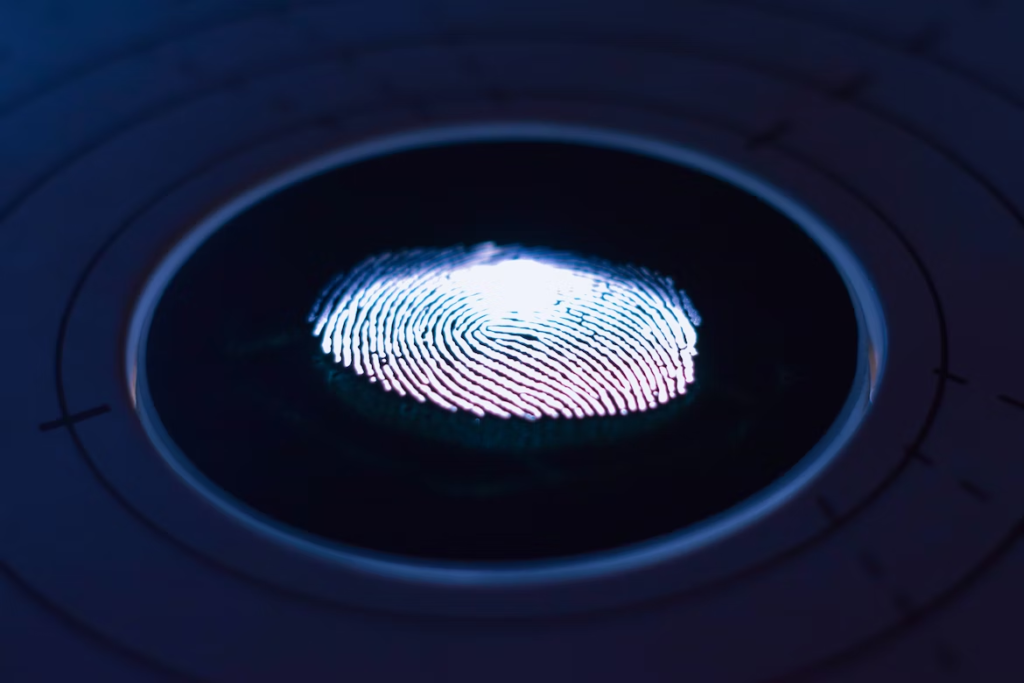
Implementing and using AI-powered biometric security is relatively easy for businesses. Set-up requires sensors and processing units, and it’s intuitive for new users. As mentioned, many individuals are already using biometric screening on their cell phones and in other aspects of life, so switching to a biometric screening system at work would be a seamless transition.
To begin, a business needs input sensors to match the type of biometric screening they wish to use. Facial and iris scanners require video, while fingerprint and voice use different sensor hardware. Along with sensors, businesses need specific data processing units to translate authentication data. These units take senor data, identify its essential characteristics, and convert it into computer-readable information stored as biometric security markers. The last piece of equipment required is data storage. Each piece of biometric authentication data must be housed in a secure data storage system.
With these few essential elements, any business can quickly convert its traditional security system into a high-tech AI-powered biometric screening system. Adding such security will bring a new level of ease and safety well worth the effort.

